Spruce bark beetle (Ips typographus): How can we help?
Adult Ips typographus
Source: Alan Ockenden, Tree Health Team, FC England
Ips typographus (Ips), also known as the larger eight-toothed spruce bark beetle, is a serious pest threatening spruce forests. It has caused devastation to large areas of spruce forests on the continent and was first located in the UK in southeast England in 2018. The outbreak in the UK has led the Forestry Commission to create a demarcation area (link to demarcated area map). Within this zone, restrictions on timber movement and urgent management actions are in place to contain the spread. If the beetle takes hold it has potential to do widespread damage to our domestic timber industry which is dependent on Sitka spruce – particularly in the north of England. Therefore swift and robust action in the South East is required.
About the Beetle
Ips beetles are roughly 5mm long, dark brown, shiny and with small hairs. They have a characteristic divot on their posterior. Ips mainly targets Norway spruce trees but can also infest Sitka spruce. Trees that are stressed (e.g. windblown, drought) are their primary target. If numbers reach high enough levels, they can attack and kill healthy trees. (More information on Ips typographus and their symptoms can be found here).
Suspected Ips infestation SE England, Source: Jack Smith
How to Protect your Woodlands
Once established, Ips populations can escalate rapidly, particularly in stressed trees. The risks include widespread tree death, devalued timber, and expensive compliance measures. To mitigate these risks, it is vital to monitor spruce in your woodlands for signs of stress and possible infection. It is advised to always manage your woodlands and keep plantations regularly thinned. Promptly remove any damaged or stressed trees, and, where possible, pre-emptively remove all spruce from your woodlands within the demarcation zone. This will remove the risk of infestation, preserve the value of the timber and maintain the health of the woods into the future. Please note that removal of spruce timber within the demarcation zone is subject to checking by the Forestry Commission – see below.
Regulations
On outbreak sites (where the beetle is found), the Forestry Commission (FC) will issue a Statutory Plant Health Notice (SPHN). This is a legally binding requirement to undertake activity such as felling and timber processing. Infected material may be required to be chipped on site, potentially reducing its value, and all timber movements require inspection and permission from the FC. Also note an SPHN can often require infected timber to be removed in haste during sub optimal weather and/or challenging ground conditions. All usual regulations required to undertake felling activity are also required (e.g felling licences). It is therefore not advisable to wait until you have a confirmed outbreak before taking action.
Harvesting on a recent SPHN site managed by English Woodlands Forestry
Grants and operational support
The Forestry Commission is currently offering a Tree Health Pilot grant to help owners deal with Ips typographus if they have spruce trees within the demarcation zone (whether or not they are found to be infected with the beetle). (Tree health pilot scheme - GOV.UK) English Woodlands Forestry has now worked with over 10 woodland owners to help them secure significant funding and to manage the complex grant obligations and forestry operations (link to map of Proactive Spruce Removal Area). The grant can help towards the costs of the following:
Felling costs of removing Spruce
Infrastructure required to carry out Spruce felling operations (e.g. loading bays and tracks)
Preparation and restocking of the site following felling
How We Can Help
We have now developed a comprehensive offer to owners of spruce trees in the South East as we work particularly closely with the Forestry Commission Plant Health and Grant teams.
Whether you're responding to an SPHN or planning to reduce your risks we have experience with all aspects of this sensitive work
Risk assessments, surveys and monitoring
Securing and managing necessary permissions and grant agreements, including complex group applications
Coordinating felling and extraction – including on difficult sites or under requirements of an SPHN
Liaising with regulators on owner’s behalf
Working with Powell Forestry or other authorised contractors to ensure best-practice biosecurity and legal requirements are upheld during operations whilst having access to the most favourable and audited timber markets
Planning and organising restocking of sites – to help secure more resilient and healthy woods into the future.
Ips is a serious threat to the UK timber industry and woodland resource. We hope that land owners will join in our commitment to eradicate the pest before it takes hold in other areas of the UK – and to restoring our woodlands in perpetuity. Please do get in touch if you think we can help.



